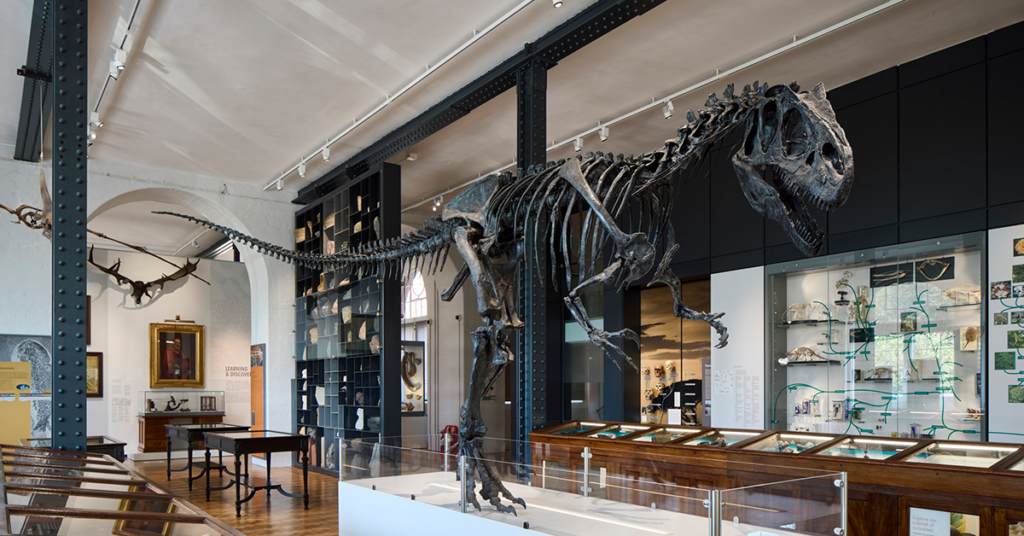MA International Heritage Management student Matthew tells us about his experience on the Heritage Studies trip to sites in Birmingham, Ironbridge and Liverpool.
After A-Levels, I never thought I’d go on another school trip but, to wrap up our Masters in International Heritage Management, the department organised three days of trips for us postgraduates. This included not just the onsite students like myself, but also the distance learners, with folks coming from as far as Portugal and Italy. It was a wonderful opportunity for everyone studying the course to connect with their course-mates, some of whom they otherwise wouldn’t have ever met, as well as visiting some great heritage sites.
Heritage sites on campus
Day One of the trips was guided tours around the University of Birmingham’s Edgbaston campus and some of its buildings. We heard about the history of the University’s buildings and how they showcased its heritage. Did you know that Old Joe is the tallest free-standing clock tower in the world? We also had an in-depth inspection of the multi-departmental exhibitions within the buildings surrounding the Great Hall, where the University’s Schools of Sciences and Arts have been brought together to create new innovative mediums, showcasing their research.
Perhaps my favourite part of the day was our tour of the archives of the Lapworth Geology Museum, where we handled minerals and fossils hundreds of millions of years old.

Ironbridge
Day Two was a journey to the UNESCO World Heritage Site of Ironbridge Gorge in Shropshire, which encompasses 10 museums dedicated to the area’s industrial heritage. Our Masters course and Ironbridge have strong ties – teaching used to be at Ironbridge itself – and we started the day exploring the ironworking museum and the famous Old Furnace. There was also an illuminating talk by one of the directors about plans for the future of this World Heritage Site.
Blist Hill, a living museum set in a Victorian town, was another highlight. There was everything you could want: a bank to get confusing pre-decimalisation coinage, a working pub with sing-alongs, very tasty fish & chips, and even a working fairground! Before the journey home, we stopped at the titular Ironbridge, looking resplendent as ever, for ice-cream and gorgeous views down the valley.
Liverpool
Day Three was a trip to Liverpool, a city steeped in maritime history. First was a guided walk along the Pier Head, a riverside area full of museums and heritage sites. The ‘Three Graces’, three gorgeous buildings all constructed in the heyday of the early 1900s, were a particular favourite. Although the weather was a bit cloudy that day (making it really feel like a classic school trip!), the history and architecture along the walk more than brightened the experience.
There were also visits to the Maritime Museum and the International Slavery Museum. Both museums have reflective qualities for Liverpool’s own past: the city is central to Britain’s sea-trade throughout its history, but that means involvement in the slave trade so intrinsically tied up with Britain’s colonialist and imperialist past. The museums posed great questions for us heritage students to consider: how do we present heritage that is important yet difficult and uncomfortable, but needs to be talked about?
What I learnt from these trips
I think I speak for all us students when I thank the department for organising the trips. They were fun, interesting and thought provoking. More than that, however, they were a continuation of the togetherness in the course. Although the number of students on this Masters course is small, I have felt the course has created a strong sense of community. These trips were a great chance to connect with everyone, visit some fascinating places, and relive those halcyon days of school trips.
